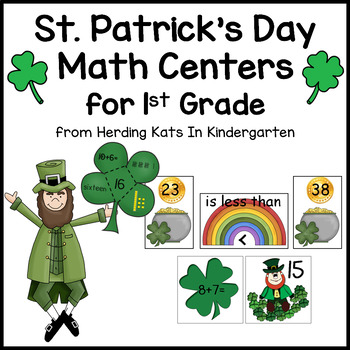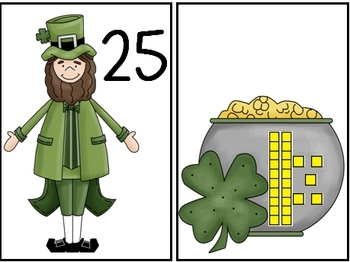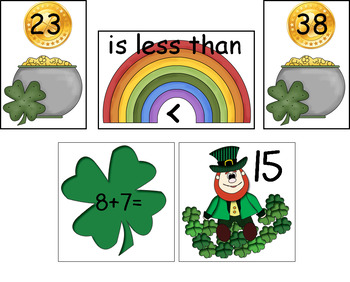St. Patrick's Day Leprechaun Math Unit
- PDF
Description
Here's a fun way to celebrate St. Patrick's Day in the classroom while reinforcing key math skills! Included are 10 activities suitable for small groups or independent math centers, covering the following skills: fractions, nonstandard measurement, place value, skip counting by 2's, 5's and 10's, number sense, addition, and fact families as well as 5 math journal prompts featuring 2 digit addition without regrouping to use in the week leading up to St. Patty's Day! Each activity has a recording sheet, so that your independent math centers can be assessed if you desire.
Included Centers:
Skip Counting by 2's, 5's & 10's with matching recording sheets.
Fact Family Leprechaun cards and recording sheet.
Place Value Pots of Gold activity and recording sheet.
Shamrock Addition Match-up with recording sheet.
Number Sense Puzzle Shamrocks with recording sheet.
Journal Prompts - 5 journal prompts for 2 digit additon without regrouping.
Color By Sum sheet for sums to 20.
Fortunate Fractions cards and recording sheet.
Shamrock rulers and recording sheets in both b&w and color.
More or Less Gold center with recording sheet.
You Might Also Like:
• Lucky Leprechauns! St. Patrick's Day Roll & Graph Activity
• Lucky St. Patrick's Day Roll & Cover Addition & Subtraction Games!
• St. Patrick's Day Activities for Measurement
• St. Patrick's Day CVCE Words Game





